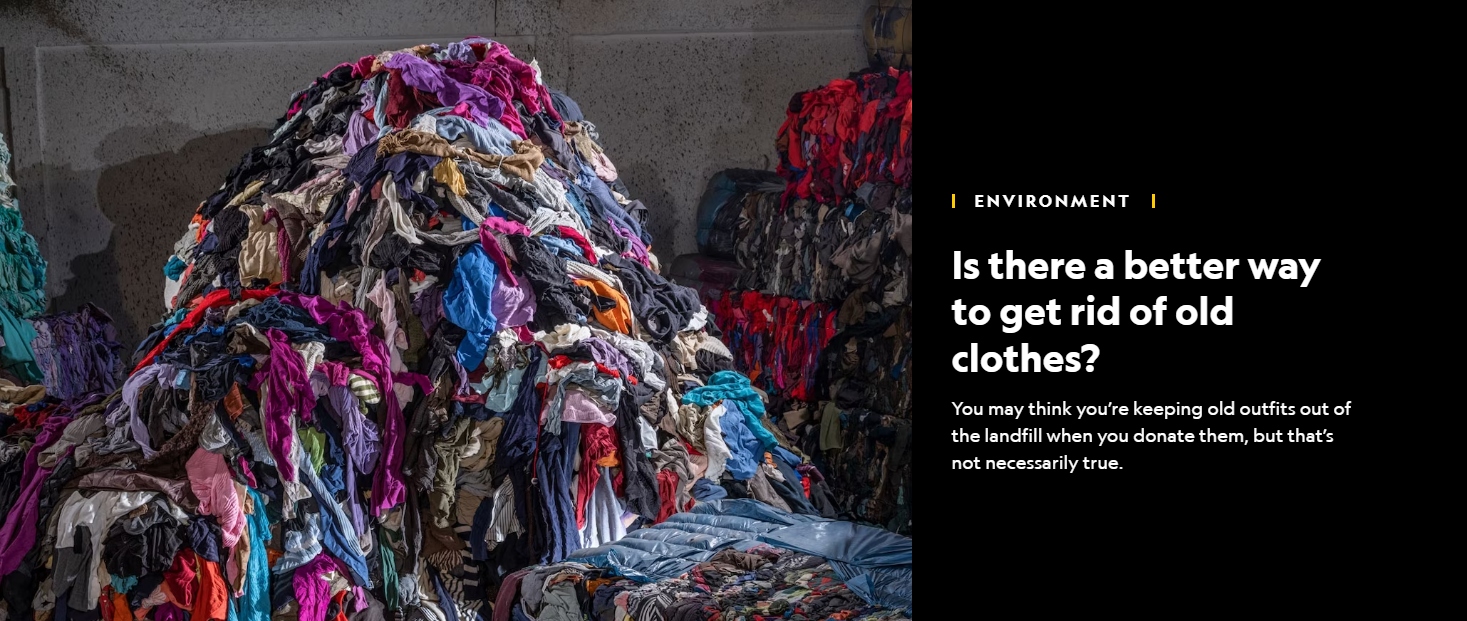
FROM NATIONAL GEOGRAPHIC
Need to get rid of old clothes? You’re not alone: With fast fashion, it’s easier than ever to buy into trends. But cheap clothes aren’t made to last and that excess often ends up in a long chain of carbon- and labor-intensive reselling and recycling, if not directly into a landfill.
Per person, U.S. residents generate an average of 82 pounds of textile waste every year, with 85 percent of it going to landfills or incinerators even though 95 percent can be reused.
Donating is a popular alternative—but know that only about 10 to 20 percent of donated clothing gets sold at thrift shops. The rest goes through a series of sales, from resellers to textile recyclers both in the U.S. and in countries abroad.
Read On →
Please direct media inquiries to Alisha Weis, Advancement Director
Call Alisha763-432-4229
Email Alishaaweis@prismmpls.org
Contact Us
More from PRISM
July 15, 2025 · Hunger
Minnesota families face tougher choices with cuts to food assistance programs Cory Bell gathers a variety of foods from the...
Read on →

July 7, 2025 · Blog
Lifelong Learning & Community: Growing Together at PRISM
On average, Americans spend about 14 years in formal education. But learning doesn’t stop at graduation and exists beyond a...
Read on →
July 2, 2025 · Hunger
Minnesota food aid at risk: 45,000 residents may lose SNAP benefits due to federal bill
A budget bill passed by Congress on Tuesday with billions in cuts to federal nutrition programs will strain the ability...
Read on →